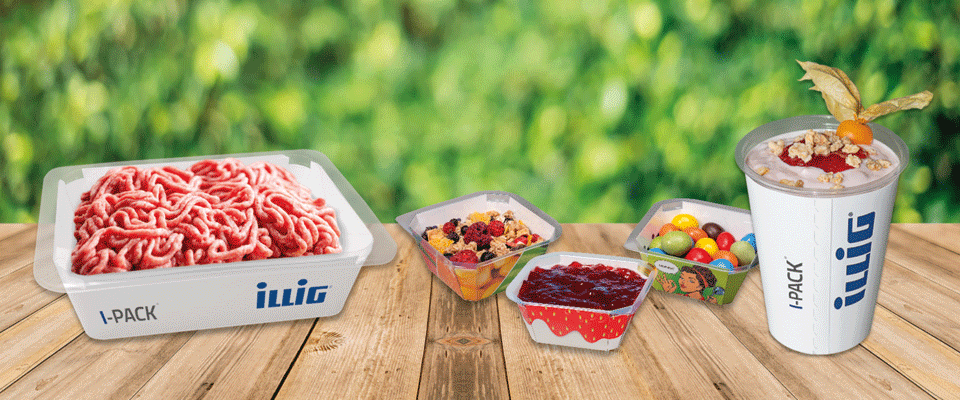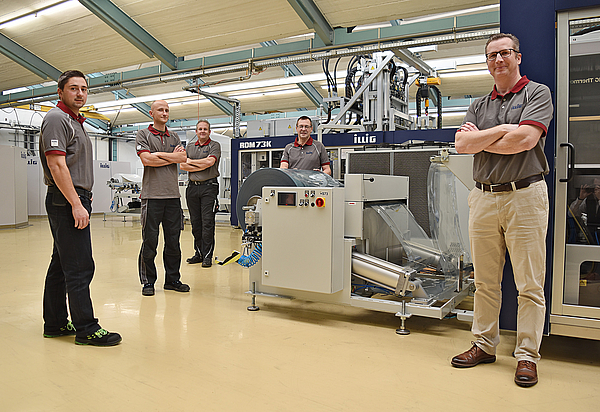ILLIG bundles Pactivity® around packaging development in the ITC at the company headquarters in Heilbronn where product development partners work closely with ILLIG engineers and designers. Product ideas quickly take shape with 3D printing. In the laboratory, material properties of cardboard, paper and plastic are analyzed using optical scanners, microscopes, polariscopes, microtomes and tensile testing machines. Additional equipment includes a heat cabinet for determining shrinkage, and devices for checking the adhesive properties of material combinations, tightness and topload of the molded parts.
Circular economy solutions for all
Optimized packaging can reduce the use of non-renewable raw materials and make recycling possible in the first place. Thermoformed packaging is thin-walled, resource-saving, and can be produced economically and is very well suited to the circular economy. In addition to recyclable material, the use of alternative and new materials in thermoforming is easily accomplished. Current ILLIG systems process bio-based and biodegradable plastics as well as new material combinations into high-quality formed parts.
“Thanks to the decoration technology in thermoforming IML-T®, numerous new packaging variants can be seen in the food packaging arena. This also includes the solid carton blisters produced on ILLIG packaging systems," explains Sven Engelmann, Head of ITC and Packaging Development.
Pactivity® also includes designing optimum production systems for different package types. In this development process, tooling systems are becoming increasingly important. ILLIG production systems are known for industry-leading overall equipment effectiveness (OEE) and have many options for process monitoring and control. Numerous parameters of the tooling systems additionally increase the output of the entire system. The many innovative solutions created in the ITC hub set standards in the packaging industry, as demonstrated by the latest I-PACK® development with IML-T®.







